2023-2024 ranking
America's 100 Greatest Golf Courses

Golf Digest has published America’s 100 Greatest Golf Courses since 1966, making it the oldest and most respected ranking in golf. We are proud to say our most recent edition, published in May 2023, is the most scientific ever—with our 1,800-plus panelists submitting more than 85,000 evaluations over our 10-year scoring criteria. Our evaluators play and score candidate courses on six criteria, each on a scale of 1 to 10: Shot Options, Challenge, Layout Variety, Aesthetics, Conditioning and Character.
After panelists submitted their evaluations, Golf Digest calculated the average score of each categories (scores in the Shot Values and Layout Variety categories count double), removed any extreme outliers, then arrived at an overall score for each course to determine the overall rankings. The result is a new set of rankings we're proud of—and we're sure you'll enjoy digging deeper.
We urge you to click through to each individual course page for bonus photography, drone footage and reviews from our course panelists. Plus, you can now leave your own ratings on the courses you’ve played … to make your case why your favorite should be ranked higher.
(Parentheses indicate the course's previous ranking.)



From Golf Digest Architecture Editor emeritus Ron Whitten:
Cypress Point, the sublime Monterey Peninsula work of sandbox sculpture, whittled Cypress and chiseled coastline, has become Exhibit A in the argument that classic architecture has been rendered ineffectual by modern technology.
I'm not buying that argument. Those who think teeny old Cypress Point is defenseless miss the point of Alister MacKenzie’s marvelous design.
MacKenzie relished the idea that Cypress Point would offer all sorts of ways to play every hole. That philosophy still thrives, particularly in the past decade, after the faithful restoration of MacKenzie’s original bunkers by veteran course superintendent Jeff Markow.
Explore our complete review here—including bonus photography and ratings from our expert panelists.



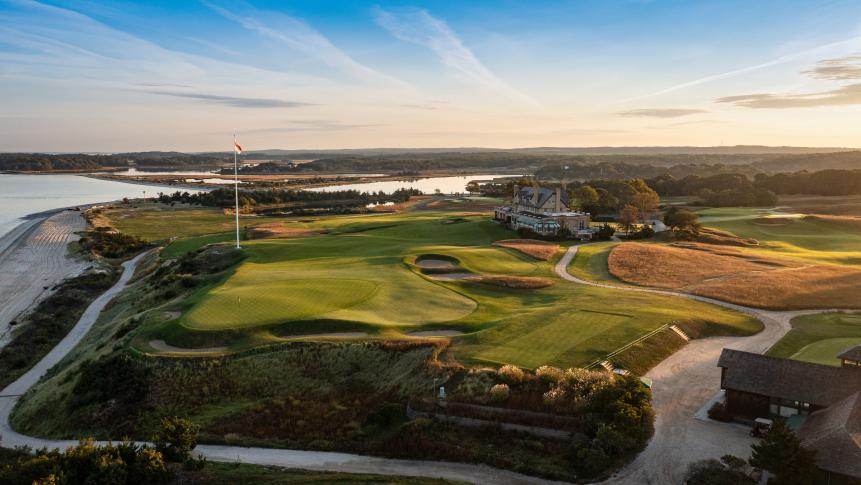









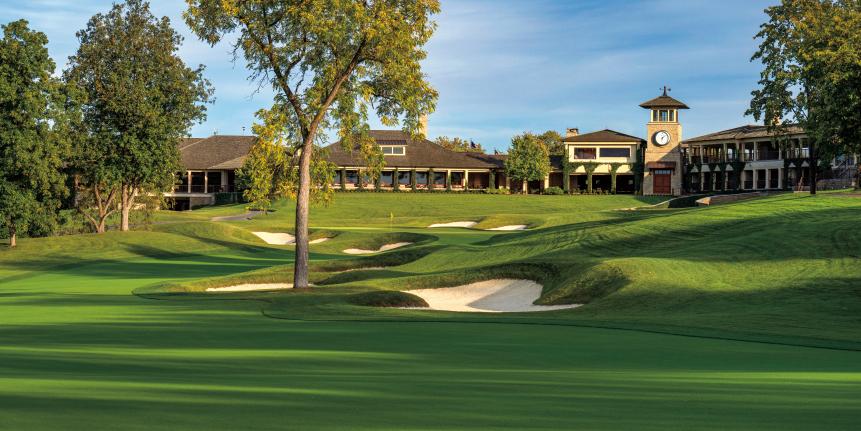









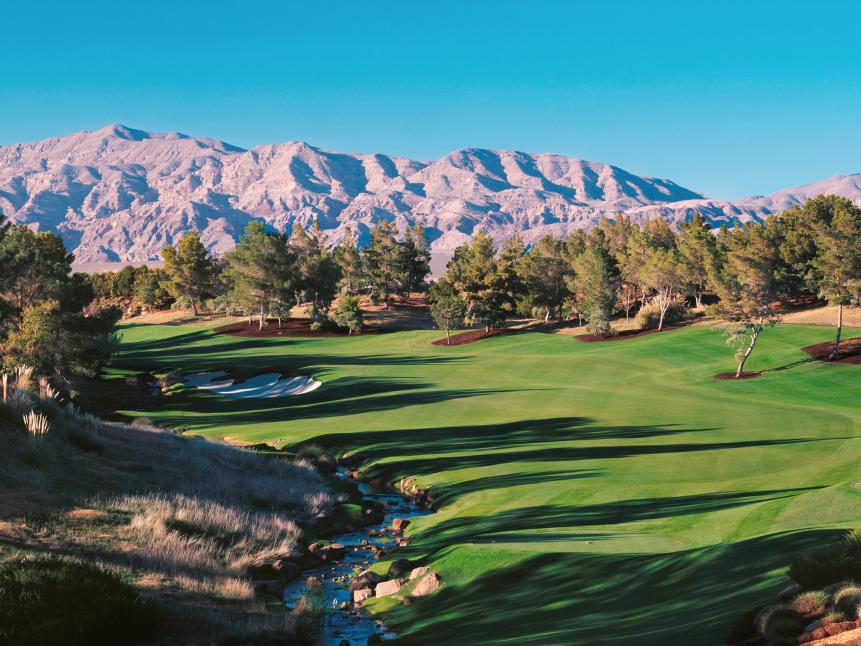







From Golf Digest Architecture Editor emeritus Ron Whitten:
I’ve been told Gil Hanse had first examined the site of Ohoopee Match Club as far back as 2006 considered it ideal for golf: gently rolling terrain with no severe elevation changes, and beautiful sandy soil deposited by the nearby Ohoopee River, perfect for drainage and firm, fast conditions.
The ground around tiny Cobbtown, Ga., is also perfect for growing onions—it’s just northeast of Vidalia, world-famous for the Vidalia onion. Indeed, Ohoopee’s logo is a freshly picked onion, although if you look closely, its roots are three writhing snakes.
Any symbolism pertaining to match play is uncertain; perhaps it simply suggests the sort of putts one will face. What’s the composition of a course meant for match play? One might think it would contain lots of penal hazards, because a triple bogey on any particular hole would not be fatal in match play.
Perhaps the targets would be smaller than normal, to level the playing field between big hitters and short-but-accurate golfers. That’s not the composition of the 7,325-yard championship course at Ohoopee. Hanse did produce dramatic visuals in this sandy locale that hark back to portions of Pinehurst and Pine Valley, from long expanses of sandy rough dotted with native plants to deep, foreboding pits of sand, but they’re mostly on the far perimeter of holes.
Explore our complete review here—including bonus photography and ratings from our expert panelists.

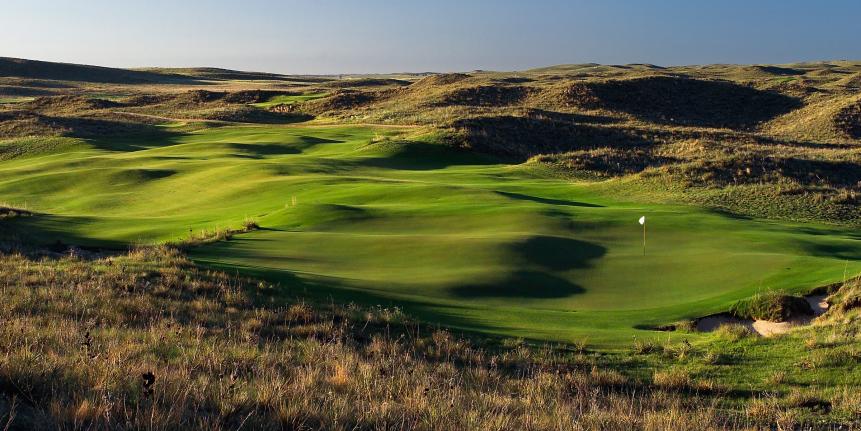
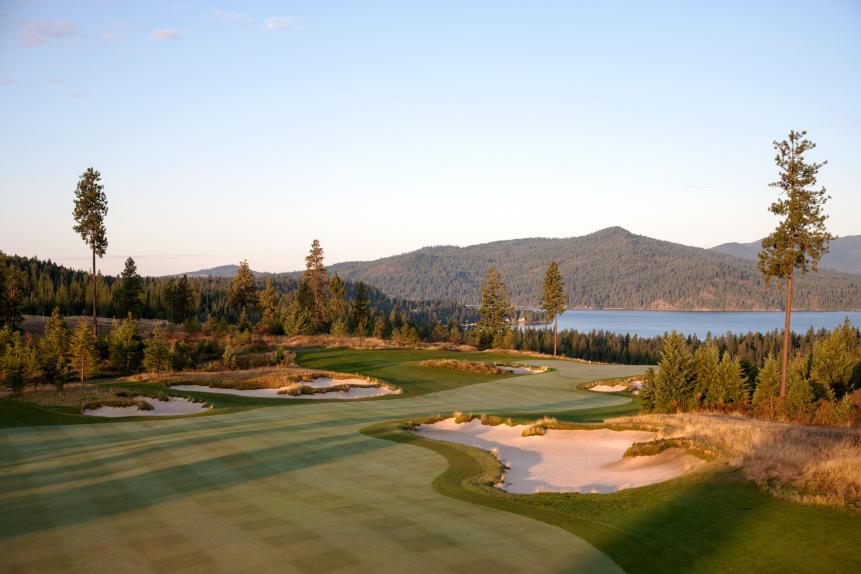

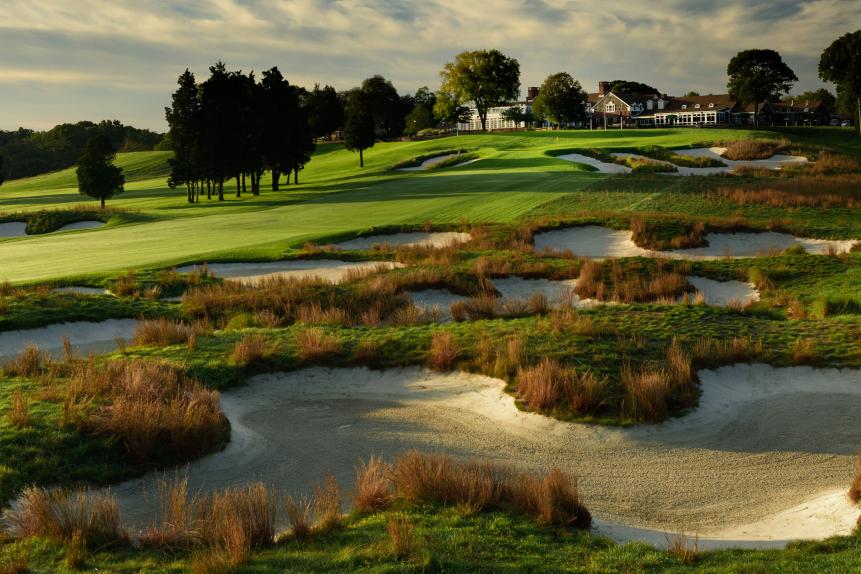














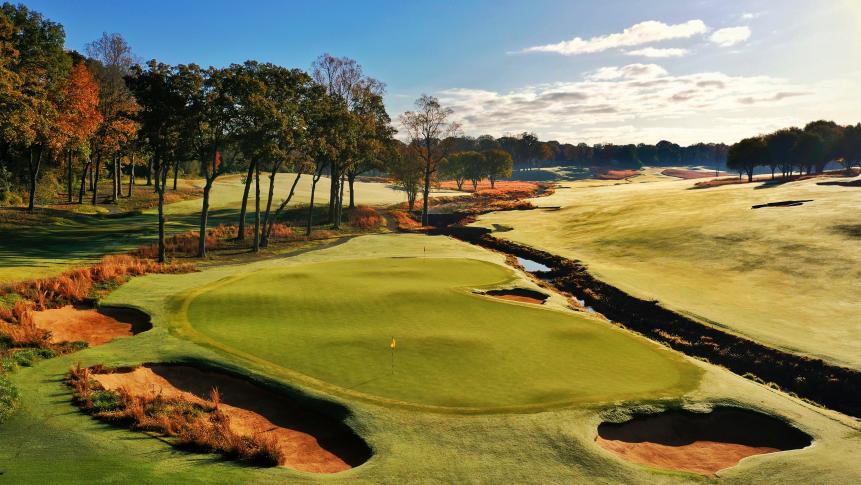
.jpg.rend.hgtvcom.861.485.suffix/1573162441521.jpeg)





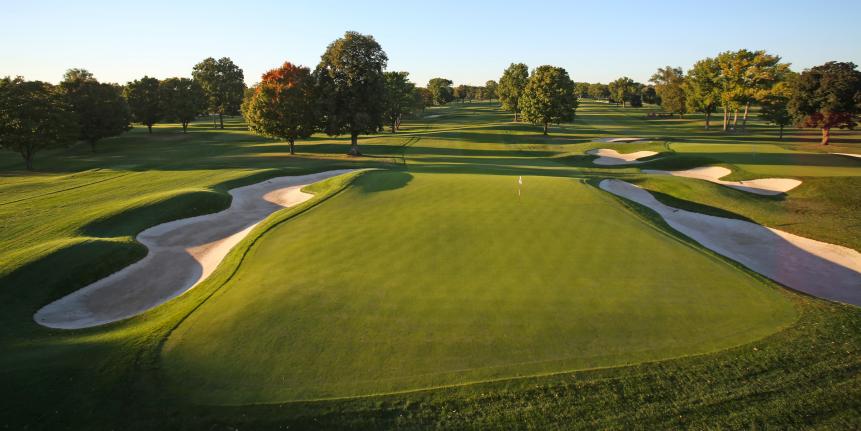




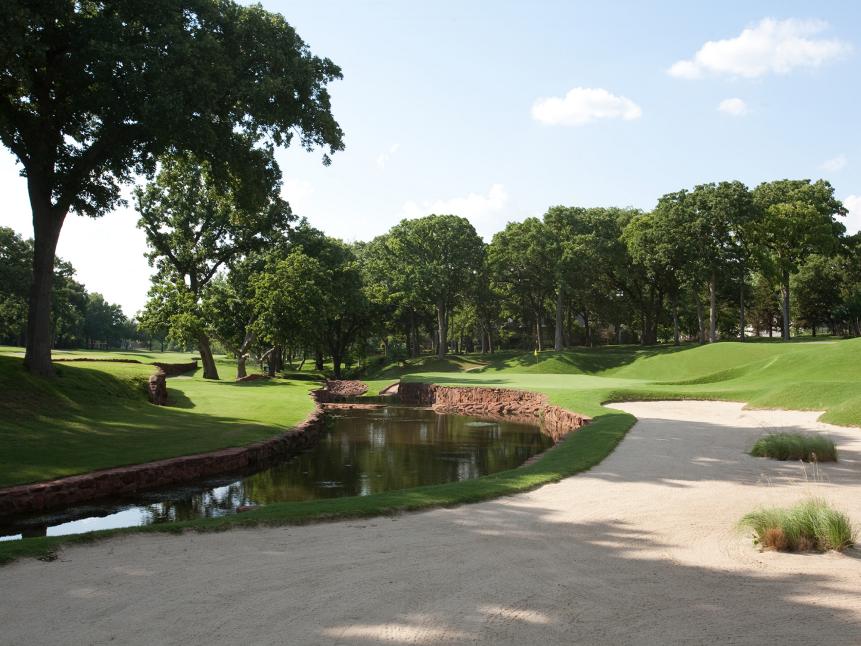











 hero.jpg.rend.hgtvcom.861.431.suffix/1620136440329.jpeg)



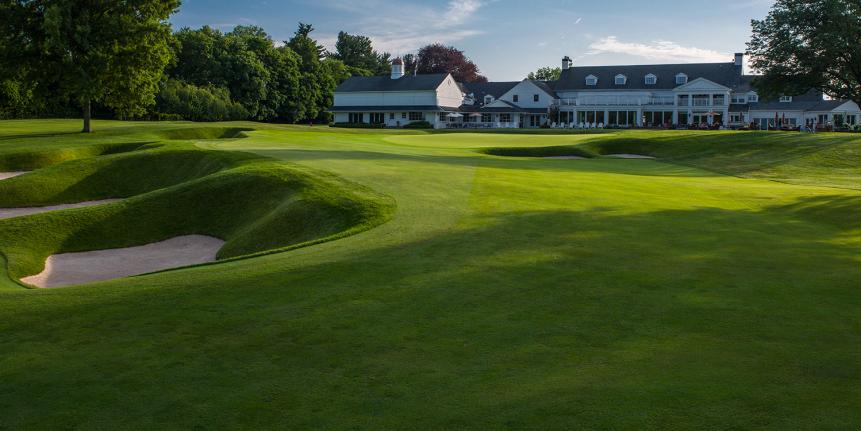














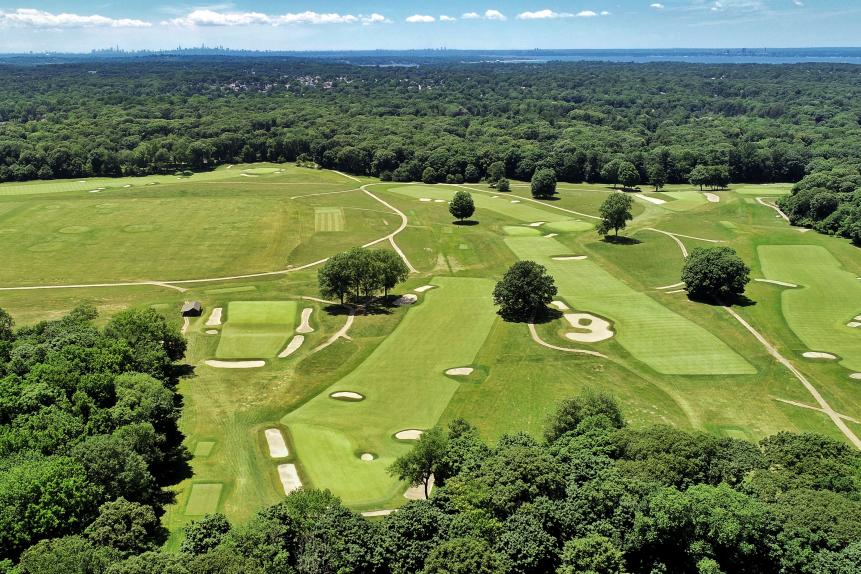



• • •
Explore Golf Digest's new Course Reviews section where you can submit a star rating and evaluation on all the courses you’ve played. We've collected tens of thousands of reviews from our course-ranking panelists to deliver a premium experience, which includes course rankings, experts' opinions, bonus course photography, videos and much more. Check it out here!











